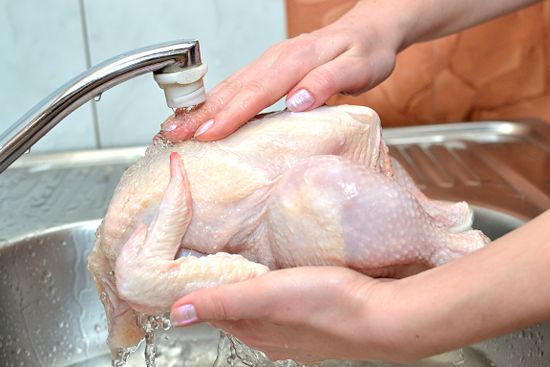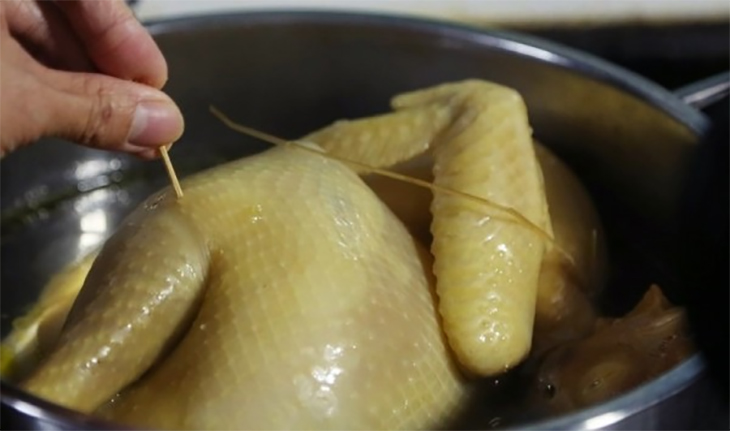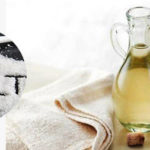Tips for Choosing Good Chicken
If you want to buy chicken, choose local chicken, and if buying live chicken, pay attention to selecting healthy ones. Look at the feather coat of the chicken, find a chicken with shiny, sleek feathers, close to the body, and bright feathers. For processed chicken, choose one with naturally light yellow skin and evenly thin skin all over the body.
The meat of the chicken should be firm, with no excessive fat in the neck and thighs. Industrial boiled chicken is usually flabby, not crispy and not tasty, so it’s best to choose local chicken or free-range chicken.

Preparing the Chicken
Firstly, when buying chicken, clean and rub it with salt to remove impurities. If buying for eating, it’s best to choose female chickens. Female chickens have small bones, white flesh, yellow skin, and a sweet and fatty taste…
After cleaning the chicken, remove the fat from the abdomen and breast of the chicken by pressing it.
Place the chicken in a pot and pour enough water, then add dried onion or onion or shallot roots to the pot to boil together (if you want to cook pho, add some slices of ginger).
However, if you use chicken broth for soup, avoid adding ginger as it can affect the taste of other vegetables cooked with it.
Cooking Delicious Chicken
Firstly, when buying chicken, clean and rub it with salt to remove impurities. If buying for eating, it’s best to choose female chickens. Female chickens have small bones, white flesh, yellow skin, and a sweet and fatty taste…
After cleaning the chicken, remove the fat from the abdomen and breast of the chicken by pressing it.
Place the chicken in a pot and pour enough water, then add dried onion or onion or shallot roots to the pot to boil together (if you want to cook pho, add some slices of ginger).

However, if you use chicken broth for soup, avoid adding ginger as it can affect the taste of other vegetables cooked with it.
Next, add 2 tablespoons of salt to the pot to season it like when cooking soup. Place the pot on the stove, turn on high heat, and when the water boils, reduce the heat and simmer for an additional 10-20 minutes, depending on the size of the chicken. After that, turn off the heat.
Soak the chicken in the pot for about 30 minutes, then remove it and rinse the chicken under cold water to make it crispy. During this process, wash off any impurities clinging to the chicken.
While the chicken is boiling, remove the chicken fat from the abdomen and neck by pressing it and collecting the chicken fat.
Note that when you start pouring the fat into the pan, tightly cover the lid of the pan to prevent the fat or liquid from splattering. Cook over medium heat, and when it’s safe to uncover, reduce the heat to low to avoid burning the fat.

To make the boiled chicken’s skin look shiny and fresh with a bright yellow color, as soon as you remove it, immediately submerge it in boiling water to cool it down, and cold water is best. Only take it out of the pot when the chicken is completely cooled. If you don’t do this, the chicken’s skin will dry out and its color will become dull. After that, to make the meat slightly dry, use a turmeric root, peel it, crush it, and extract the juice to mix with the chicken fat that has been fried. Spread a layer of this mixture on the chicken skin, and you will have boiled chicken with a shiny and smooth yellow color.
Good luck with your delicious and visually appealing boiled chicken!



































